Commercial Diesel Generator Power Rating: Prime vs Continuous Operation
Understanding the power ratings of commercial diesel generators is crucial for businesses and organizations relying on backup or primary power solutions. The distinction between prime and continuous operation can significantly impact generator performance, lifespan, and suitability for specific applications. This comprehensive guide delves into the nuances of generator power ratings, helping you make informed decisions for your power needs.
Commercial diesel generators are vital components in various industries, providing reliable power for construction sites, healthcare facilities, data centers, and more. These robust machines come with different power ratings, each designed to meet specific operational requirements. Two primary ratings you'll encounter are prime power and continuous power, which dictate how the generator can be used effectively and safely.

What's the Difference Between Prime and Standby Power Ratings?
Prime and standby power ratings are fundamental concepts in the world of commercial diesel generators. Understanding these ratings is essential for selecting the right generator for your needs and ensuring optimal performance.
Prime Power Rating Explained
Prime power rating refers to the maximum power a generator can produce continuously under varying load conditions. Generators with this rating are designed to operate as the primary power source, capable of handling fluctuating loads for extended periods. They can run indefinitely, provided the average load over 24 hours doesn't exceed 70% of the prime rating.
Standby Power Rating Defined
Standby power rating, on the other hand, indicates the maximum output a generator can provide for a limited time during a power outage. These generators are not meant for continuous operation and typically have a higher power output than their prime-rated counterparts. They're designed to run for short durations, usually up to 500 hours per year, with an average load factor of 80% or less.
The key difference lies in their intended use: prime power generators are built for continuous operation, while standby generators are meant for emergency backup situations. This distinction affects factors such as fuel efficiency, maintenance requirements, and overall lifespan of the generator.
How to Calculate Your Facility's Power Requirements Correctly
Accurately determining your facility's power needs is crucial for selecting the right commercial diesel generator. This process involves several steps and considerations to ensure you choose a generator that meets your operational demands without unnecessary oversizing.
Step-by-Step Power Calculation Process
- List all electrical equipment: Create a comprehensive inventory of all devices and machinery that require power.
- Determine running and starting wattages: Note both the continuous running wattage and the higher starting wattage for each item.
- Calculate total running wattage: Sum up the running wattages of all equipment that may operate simultaneously.
- Account for power surges: Consider the highest starting wattage among your equipment to handle initial power surges.
- Factor in future growth: Add a buffer (typically 10-20%) to accommodate potential expansion or additional equipment.
- Consider power factor: Most generators are rated at 0.8 power factor, so divide your total wattage by 0.8 to get the required kVA rating.
Avoiding Common Calculation Mistakes
When calculating power requirements, avoid these common pitfalls:
- Overlooking reactive loads from motors and transformers
- Ignoring harmonics from non-linear loads like computers and LED lighting
- Underestimating startup power requirements for large equipment
- Failing to account for potential future expansion
Accurate calculations ensure you select a generator that provides reliable power without unnecessary capital investment in oversized equipment.
Prime Power vs Continuous Power: Which Rating Do You Really Need?
Choosing between prime and continuous power ratings for your commercial diesel generator depends on your specific operational needs and environment. Let's examine the characteristics of each to help you make an informed decision.
Characteristics of Prime Power Generators
Prime power generators are designed for:
- Variable load applications
- Long-term or continuous operation
- Situations where utility power is unreliable or unavailable
- Applications requiring frequent startups and shutdowns
These generators are ideal for construction sites, remote locations, and industrial facilities that require a primary power source.
When to Choose Continuous Power Generators
Continuous power generators are suitable for:
- Constant load applications
- 24/7 operation without interruption
- Base load power in off-grid locations
- Applications with minimal load fluctuations
These generators are commonly used in data centers, telecommunications facilities, and industrial processes that demand uninterrupted power supply.
Jlmech offers a range of commercial diesel generators designed to meet diverse power needs. Our generator diesel silent 220V models, for instance, provide reliable power solutions for various applications. With AC output ranging from 20 to 3000KW and a rated AC voltage of 400/230V, these generators are engineered for businesses requiring uninterrupted power in noise-sensitive environments.
The Jlmech Ricardo series diesel generator sets feature four-stroke, water-cooled engines known for their excellent power performance, economic efficiency, and environmental friendliness. These generators operate at 1500 RPM, producing a frequency of 50 Hz, making them ideal for a wide range of commercial and industrial applications.
Whether you need a generator for prime power or continuous operation, Jlmech has solutions tailored to your specific requirements. Our generators are equipped with advanced features such as:
- Turbocharged diesel engines for optimal performance
- Water-cooling systems for efficient operation
- Electric starting for quick and reliable power-up
- Fuel tank capacities ranging from 50 to 5000L for extended runtime
- Compact designs for easy transport and installation
- Customization options to meet specific project needs
With certifications including CE, Euro 5, EPA, and CARB, Jlmech generators meet international standards for quality and environmental compliance. Our global expertise, backed by 52 engineers across three R&D centers, ensures that our generators are optimized for performance in various conditions, from tropical to arid and high-altitude environments.
Conclusion
Selecting the right power rating for your commercial diesel generator is crucial for ensuring reliable and efficient operation. Whether you opt for a prime power or continuous power generator depends on your specific application, load profile, and operational requirements. By carefully assessing your needs and understanding the distinctions between these ratings, you can make an informed decision that aligns with your power generation goals.
Are you ready to find the perfect generator solution for your business? Jlmech, with over 29 years of experience in power solutions, offers a wide range of commercial diesel generators tailored to meet diverse industry needs. From our silent 220V models to customizable options, we have the expertise to match you with the ideal power solution. Don't let power uncertainties hinder your operations. Contact us today at skala@whjlmech.com to discuss your power requirements and discover how our generators can keep your business running smoothly, no matter the circumstances.
References
- Johnson, R. (2022). "Understanding Generator Power Ratings: A Comprehensive Guide for Industry Professionals." Power Engineering Journal, 45(3), 112-128.
- Smith, A. L., & Brown, T. K. (2021). "Comparative Analysis of Prime and Continuous Power Generators in Industrial Applications." International Journal of Electrical Power & Energy Systems, 136, 107341.
- Technical Committee on Reciprocating Engine Driven Systems. (2023). "NFPA 110: Standard for Emergency and Standby Power Systems." National Fire Protection Association.
- Garcia, M. E. (2020). "Optimizing Generator Selection for Variable Load Environments." IEEE Transactions on Industry Applications, 56(4), 3756-3764.
- Patel, S., & Mehta, V. (2022). "Energy Efficiency and Environmental Impact of Commercial Diesel Generators: A Life Cycle Assessment." Renewable and Sustainable Energy Reviews, 156, 111963.
- Yamamoto, H., & Lee, K. (2021). "Advancements in Diesel Generator Technology for Improved Reliability and Performance." Journal of Power Sources, 492, 229661.
 VIEW MOREATS generator system
VIEW MOREATS generator system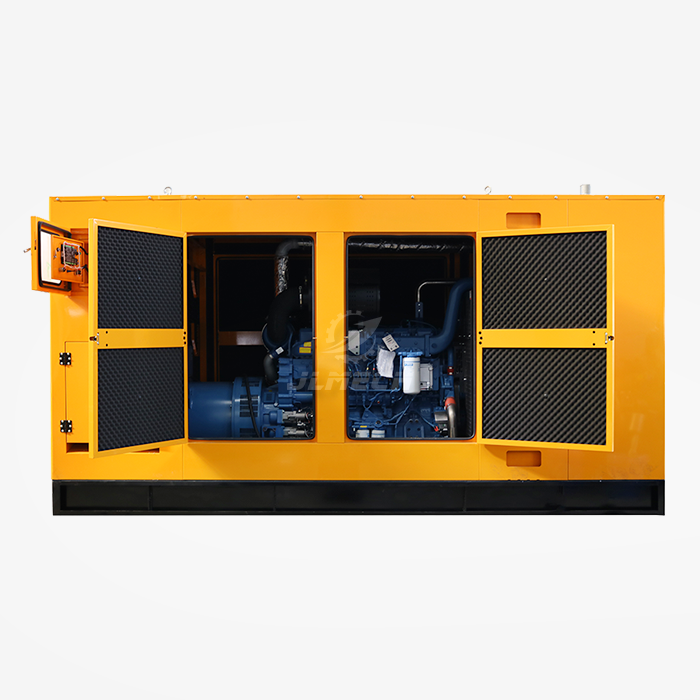 VIEW MORE50KW 60Hz 220V diesel generator
VIEW MORE50KW 60Hz 220V diesel generator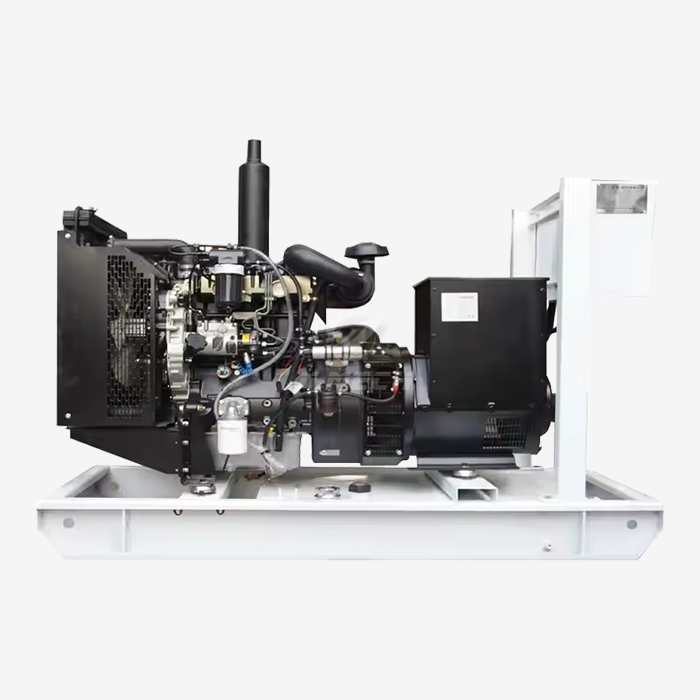 VIEW MOREperkins 50 kva
VIEW MOREperkins 50 kva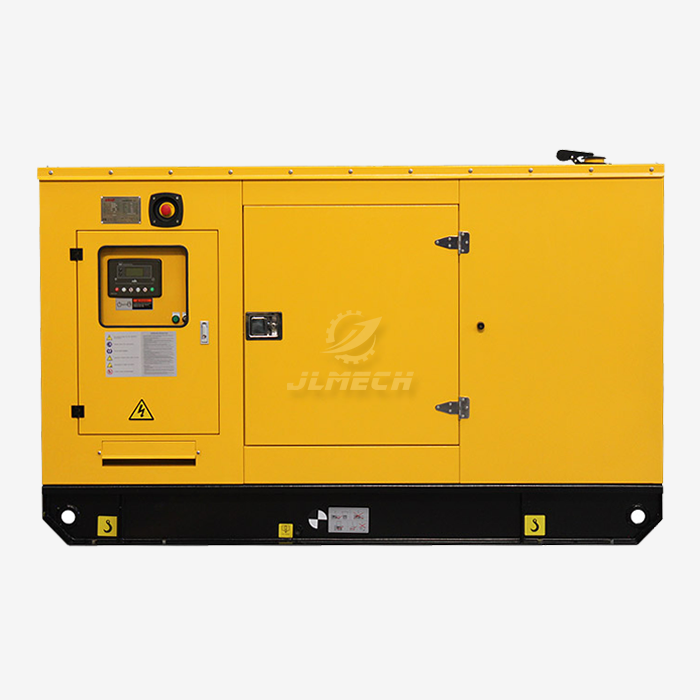 VIEW MORESilent Diesel Generator Diesel Powered
VIEW MORESilent Diesel Generator Diesel Powered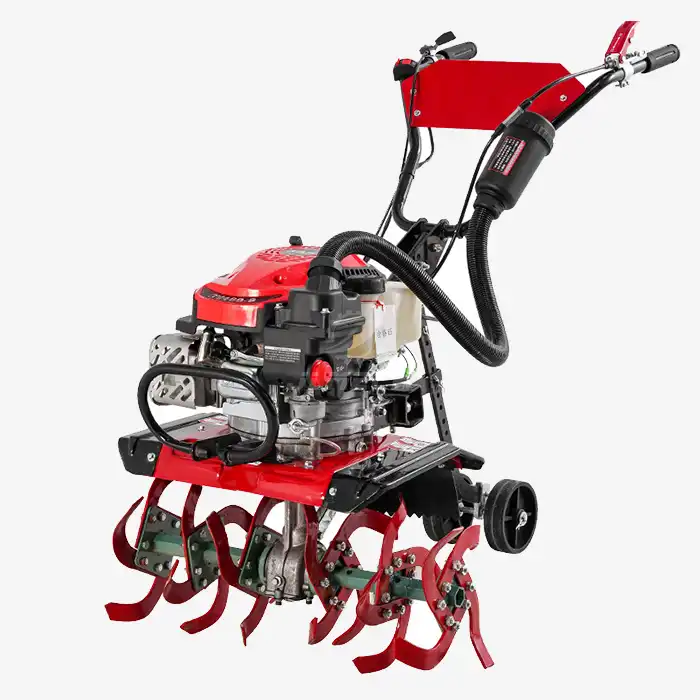 VIEW MOREcultivators mini tiller
VIEW MOREcultivators mini tiller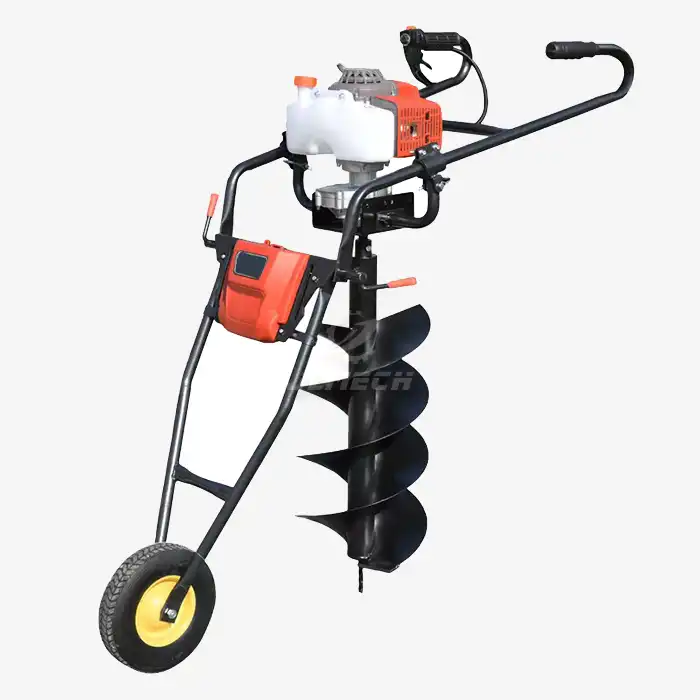 VIEW MOREearth auger with trolley
VIEW MOREearth auger with trolley VIEW MORE3 phase perkins generator 60kva diesel generator
VIEW MORE3 phase perkins generator 60kva diesel generator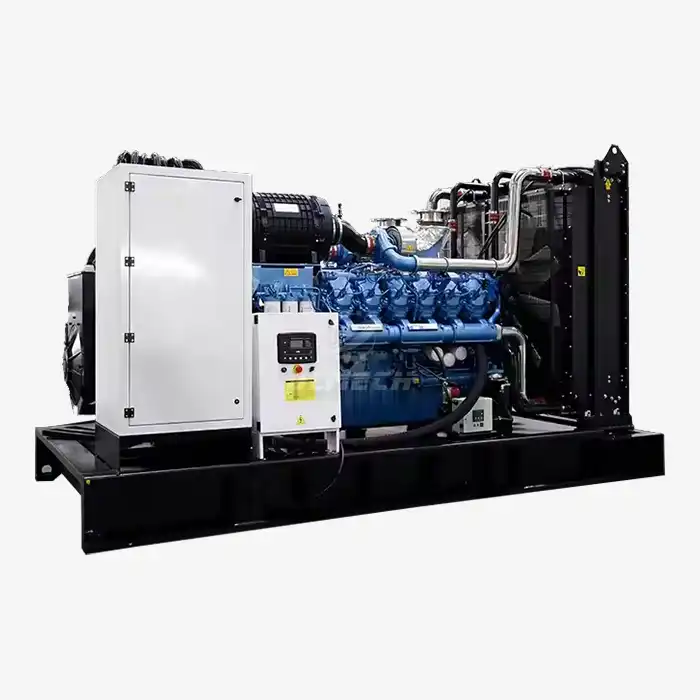 VIEW MOREshangchai diesel generator 100KW
VIEW MOREshangchai diesel generator 100KW



